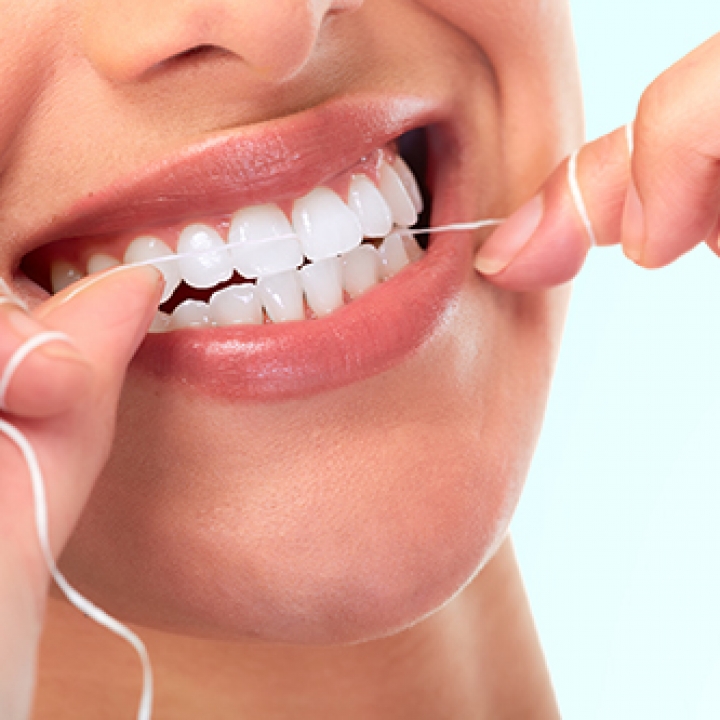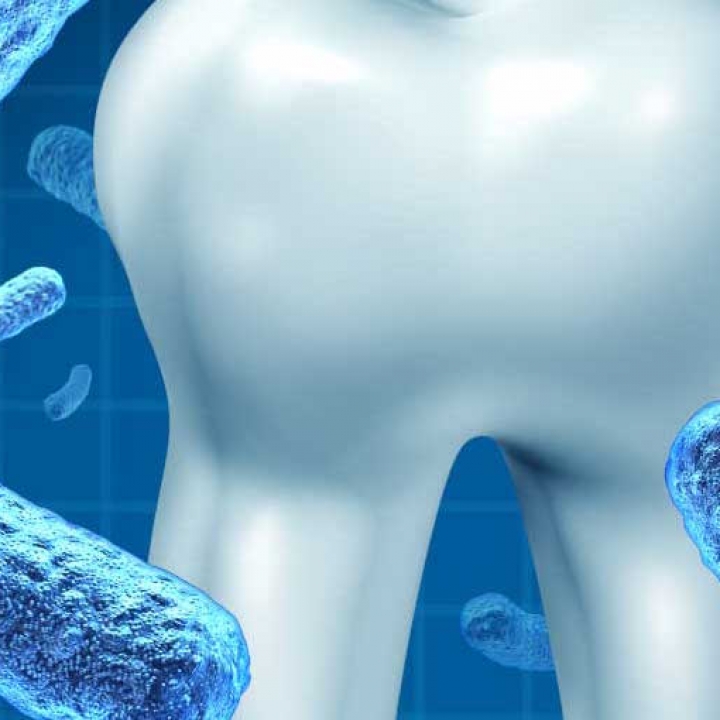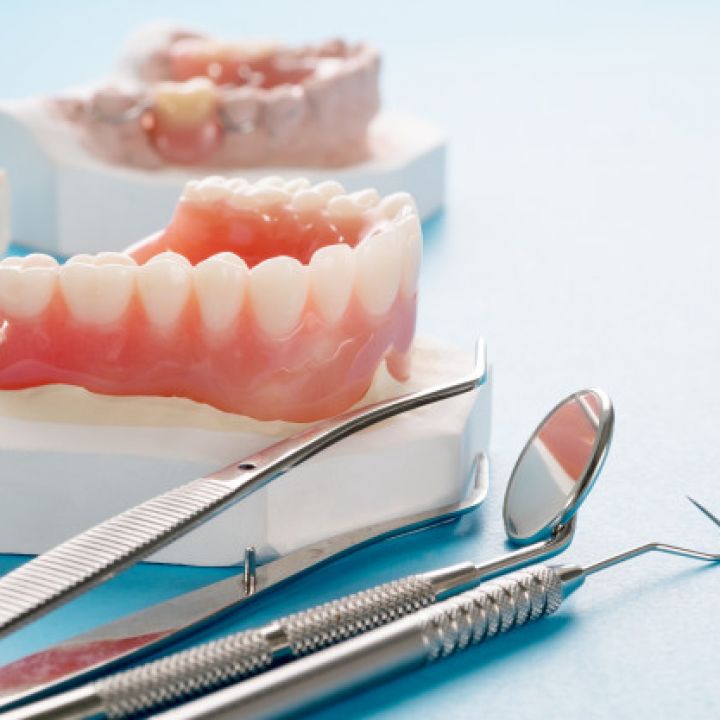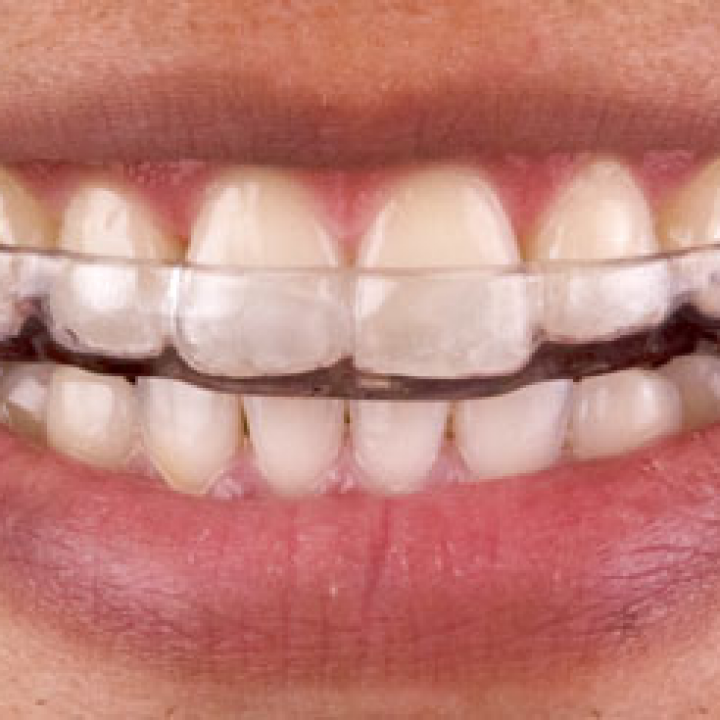Dental Extractions
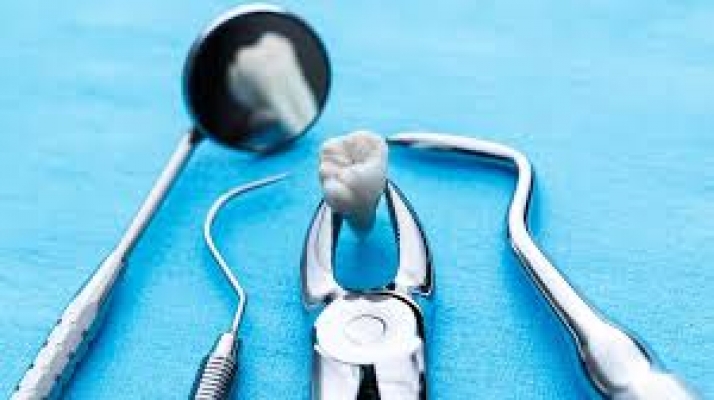
Dental Extractions refer to the removal of teeth or roots. In dentistry today, many extractions are still performed to remove unwanted teeth or roots. Although we always try to keep our teeth for as long as possible, sometimes the outcome becomes too uncertain or compromised. This means removing the tooth will be a more long term solution.
Possible Causes For A Dental Extraction
- Very mobile teeth (Advanced Periodontitis / Gum Disease)
- Too little bone around the teeth to anchor the roots
- Fracture or trauma to the teeth
- Infection that destroyed most of the healthy tooth structure
- Orthodontic reasons (e.g. spacing)
- Financial considerations
Where Can the Extraction Take Place?
- In the Surgery
Most often teeth are removed in the operating rooms. - Under Sedation
Sometimes if the patient is very anxious or has a dental phobia, sedation dentistry can be a winner! - In Hospital under general anesthetic
Types Of Dental Extractions
- The traditional ‘wiggle and pull'
- The modern ‘surgical approach'
Surgical Approach
The tooth is exposed by moving the gum away. Sometimes the tooth has to be split into sections with a drill and each section is then removed with great ease and precision. A flat instrument(periotome) is forced between the gum and the tooth and the circumferential movements wiggle the tooth loose (wiggly - waggle method). Most of the times the use of dental sutures (stitches) is recommended to close the wound and to speed up the healing process. These are dissolvable or non-dissolvable.
Bone loss is minimal and this is the preferred method for the placement of a Dental Implant afterward.
Socket Preservation
Quickly after a tooth is removed, the jawbone immediately begins reshaping and re-contouring itself. This leads to the collapse of bone and soft tissue and therefore creates a 'fallen-in' appearance. A technique called socket preservation is used to counteract this natural occurrence.
Without socket preservation, the remaining bone often collapses to a point where it is more complex and sometimes impossible to place a dental implant.
With socket preservation, the aim is to build out the lost bone and tissue with artificial bone granules or some of the patient's own bone if possible. This technique enables us to prevent facial and bone collapse. To learn more about socket preservation, click here on what to do after tooth removal.
 Aftercare For Dental Extractions
Aftercare For Dental Extractions
Extraction of a tooth is minor surgery and complications very seldom occur when you follow the correct aftercare procedures. In fact, doing certain things, even on the first day, may help you feel better and heal faster.
- Control The Bleeding
This is the first aim after extraction and it leads to rapid tissue growth and healing. Bite firmly on the gauze placed by your dentist. The pressure helps to form a blood clot in the tooth socket. If you have a lot of bleeding, bite on a regular tea bag until the bleeding stops. The tannic acid in the tea aids in forming a blood clot. - Minimize Pain
Take the prescribed medication as directed (painkillers and / or antibiotics to lessen the chance of any possible complications.) Ask your dentist if you may take over-the-counter medication, if needed - Reduce The Swelling
Put an ice pack (enclose an ice-pack with cloth) on your cheek near the extraction site for about 10 minutes and then remove it for 15 minutes. Repeat as needed. You may see some bruising on your face. This is normal and will go away on its own. - Get Enough Rest
Limit activities for the first 24 hours after an extraction. Whey lying down, elevate your head slightly.
Why you must try to replace the tooth
DO's:
- Eat soft, healthy foods and drink plenty of liquids
- Brush gently around the extraction site without using any toothpaste. (Rinsing toothpaste from your mouth will dislodge the blood clot)
- Keep the extraction site clean. After 12 hours you may be able to gently rinse your mouth.
- Rinse 3 times a day with 1 teaspoon of salt in a warm glass of water.
- Eat on the opposite side to prevent food from getting into the socket
- Rinse your mouth very gently otherwise the blood clot may dislodge!
Don'ts:
- Don't rinse your mouth at all for the first 1-2 hours after the extraction as this may dislodge the blood clot.
- Don't drink with a straw, because sucking may dislodge the blood clot
- Don't fiddle in the socket with your tongue
- Don't drink hot liquids, because it may increase the swelling and sustain from using alcohol. It may slow down the healing process.
- Don't smoke. Smoking may break down the blood clot, causing a painful tooth socket
- Don't chew. Avoid crunchy or sticky foods, such as popcorn, gum and nuts
How Long Will The Tooth Stay Numb?
Your mouth will feel numb anything from 1 hour to 4 hours
Call Your Dentist If Any Of The Following Happens
- Severe pain in the area (2-3 days later) - possible infection
- Continuous bleeding (slight oozing of blood on the first day is normal)
- Excessive swelling around the extraction site. Itching or rashes occur after you take medication (maybe an allergic reaction)

